
| 16 Jun, 2020 |
| Citroen C4
returns as a crossover |
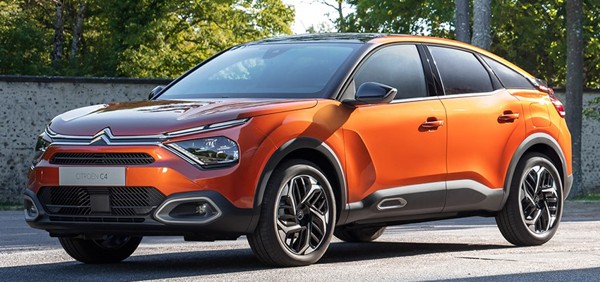 Citroen terminated the C4 a couple of years ago and partially replaced it with the facelifted C4 Cactus. However, the latter is a smaller car and built on an older platform, so it is not exactly a long-term solution. Now the Cactus is replaced by the new C4. Following the market trend, the new C4 becomes an SUV crossover, with higher ride height, larger wheels and tough-looking rubber claddings, but disappointingly, no more "Airbumps" from the Cactus. As in the fashion of modern Citroens, the front end of the car is a bit strange and busy, while angular crease lines are pressed onto the body sides in an attempt to look different. 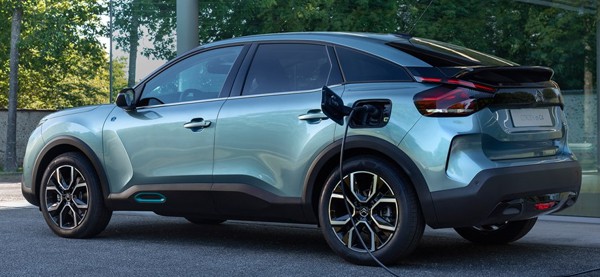 Details of the car are scarce, but it is almost certain to be built on the PSA group's CMP platform which underpins Peugeot 208 etc., so this is the first application on a C-segment car. There are not many engine choices in PSA as well, so the PureTech 1.2-liter 3-cylinder turbo and 1.6-liter turbo four as well as 1.6 HDi diesel will serve the car. The only news is a pure electric version, very likely to share the same battery pack and 136hp motor of e-208. Suspension will be conventional struts and torsion beam, but like C4 Cactus it will be offered with PHC (Progress Hydraulic Cushion) shock absorbers for a smoother ride. 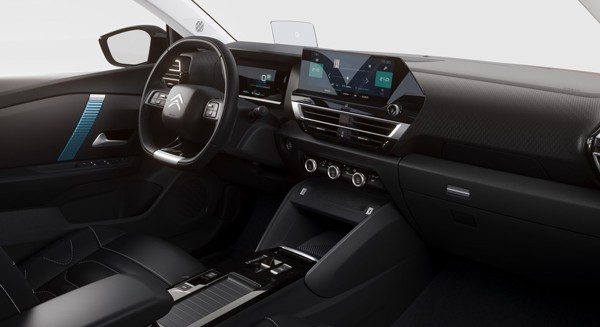 The real highlight seems to be the interior, which is promised to be more upmarket and high on quality. |
| |
| 16 Jun, 2020 |
| Mustang
Mach 1 returns |
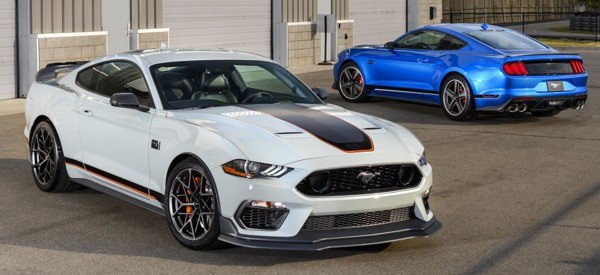 The Mach 1 nameplate was last used by Ford Mustang in 2003. Like the last car, the latest Mach 1 gets a higher tuned version of the naturally aspirated V8. It utilizes the higher flowing intake manifold of the GT350 but lacks the latter's flat plane crankshaft, just like the discontinued Bullitt. No wonder it produces the same 480hp and 420lbft output as the Bullitt. The GT350 also donates its close-ratio 6-speed manual gearbox with rev-matching function as well as engine and transmission oil coolers. Meanwhile, its aero kits owe more to the GT500, including diffusers and rear wing to reduce lift. The suspension gets stiffer front springs, anti-roll bars, stronger rear subframe with stiffer bushings and GT500's rear toe-control links, while magnetic adaptive dampers are standard. With Handling package ticked, it also comes with Michelin PS Cup 2 rubbers. In short, it offers much the same track handling performance as the GT350/GT350-R but at a more affordable price. |
| |
| 16 Jun, 2020 |
| Lexus IS
updated (slightly) |
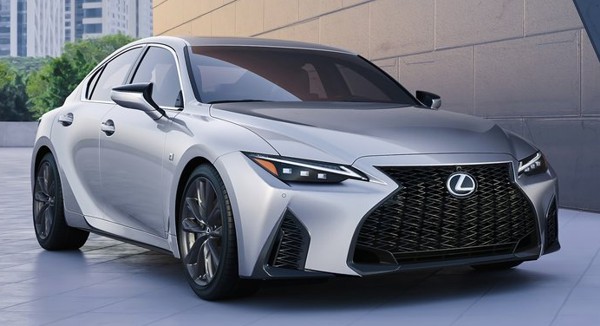 Even though it is already 7 years old, even though numerous teaser photos have been released to catch public attention, the "new" Lexus IS is not exactly all-new. In fact, it is only a mild update from the existing car. Maybe more than a facelift, but not a full makeover we have expected. From the shilhouette, you can see it carries over the basic structure. Different sheet metal does enhance visual excitement a little, and the boot copies the "Bangle butt" once featured on BMW 7 and 6-Series. The extended sheet metal makes the car a little longer and wider, but wheelbase is unchanged. 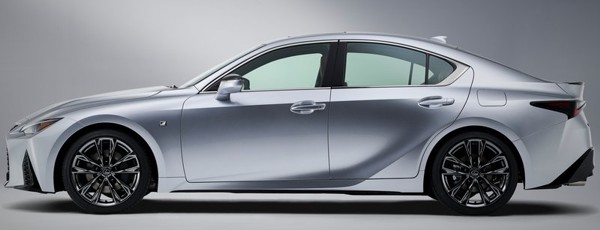 Under the bonnet, disappointment continues. The IS300 (previously called IS200t in some markets) carries over the 2.0 turbo four that produces 241hp (245hp DIN) and 258 lbft of torque. Power still goes to the rear wheels via an 8-speed automatic gearbox. Strangely, the 4WD vesion of IS300 employs a lowly tuned 3.5-liter V6 with 260hp and 6-speed automatic tranny, a testament of lacking development budget. Meanwhile, the range-topping IS350 continues to use the 311hp / 280 lbft version of the 3.5-liter V6, again mated to that 8-speed automatic or 6-speed auto for AWD model. Lexus quotes 0-60 mph in 5.6 seconds for the range-topper, the same as before. A hybrid engine was pictured in the press release package but not mentioned in the text. However, we won't be surprised if it turns out to be the same 2.5-liter hybrid powertrain as the old IS300h, or a version of the one serving Toyota Camry hybrid. Neither could be called powerful though. 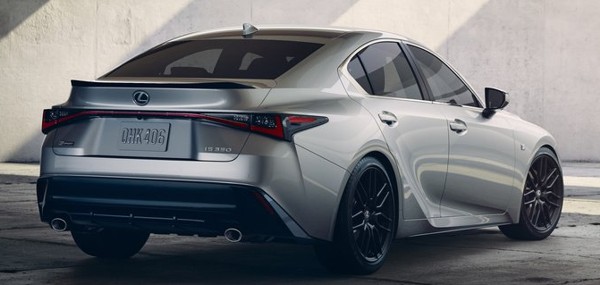 Instead of powertrain, development concentrates on chassis setup. Lexus talks of reinforcement to the radiator side supports, C-pillars and the roof sides etc. as well as using more spot welds. Meanwhile, unsprung weight is cut by using lighter springs, anti-roll bars and forged aluminum wishbones instead of steel ones. The suspension are basically unchanged, but now it employs KYB swing-valve shock absorbers, whose additional, ultra-low speed valves provide better ride comfort over low-speed undulation and road irregularities (already used on Lexus ES). Adaptive dampers remain to be optional. The F-Sport model now features larger wheels (19-inch) and wider tires (265/35), the latter sounds a bit over the top for the power they need to cope with.  Lexus' marketing team is brave to show a picture of its chassis construction. Not only it proves that this is not a new car, but the use of lightweight materials is surprisingly few. 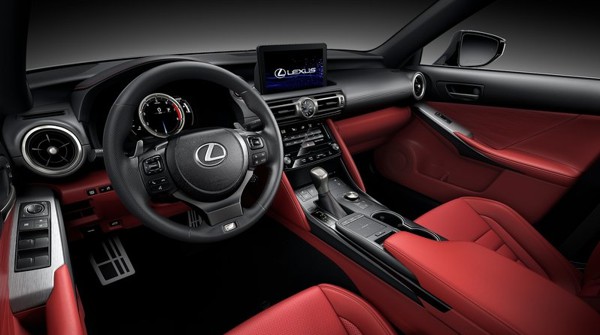 The same story can be said to the interior. There is a new infotainment screen, some revised switches, and the rectangular air vents at either sides have been replaced with round ones, but everything else remain unchanged. You can expect the cramped rear headroom of the outgoing car to be carried over. Since the car is getting old and the revision is so mild, it is hopeless to compete with the new BMW 3-Series. No wonder Lexus will not sell it in Europe anymore. Its market will be limited to North America, Japan and selected Asian countries. You think the USA still its biggest market? Maybe, but last year only 15,000 units were sold there. The futrue for the IS is dim. The fact that Toyota chose not to invest into a full makeover after 7 years has strong implication about its future. To me, it is already written on wall. |
| |
| 3 Jun, 2020 |
| BMW
4-Series Coupe (G22) |
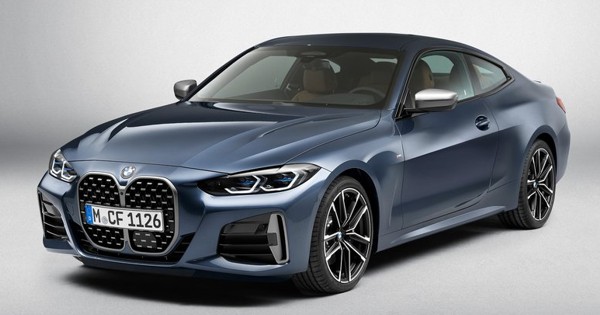 Since renamed from the 3-Series Coupe, the 4-Series tries harder and harder to distinguish itself from its 3-Series sibling. The latest G22 does this with a very different front grille. This bold, massive and 3-dimensional double-kidney grille runs the full height of the nose. It speaks louder about the brand's identity and also links to the pre-war classics like 328, but it is certainly controversial and takes some getting used to. All 4-Series models share the same grille, but the surrounding surfacing and bumper design are different. The white car pictured at the bottom is the regular model, while the blue car here is the M Performance model. 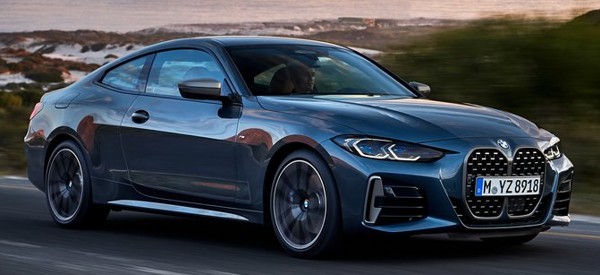 Naturally, the coupe is sleeker than the 3-Series sedan, but not necessarily reflected on aerodynamics. The sleekest model is 420d, which returns a Cd of 0.25, compared with 0.23 of the 320d. I suppose the massive grille has a significant effect on that, because the coupe's lower roof and fastback should have resulted in better aerodynamic drag. Speaking of dimension, this car is 57mm lower and 23mm wider than the 3-Series sedan. It is also 59mm longer, thanks to a longer tail that mirrors the 8-Series, although the wheelbase is unchanged from the sedan. As a result, the car sports a 23mm wider rear track and a center of gravity dropped by 21mm compared with the sedan. 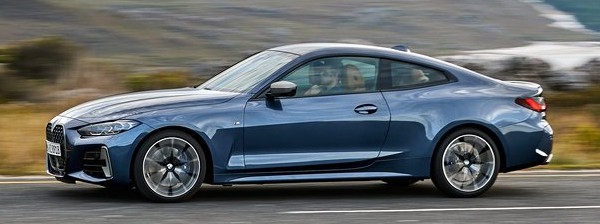 The bonnet, front fenders and doors are made of stamped aluminum sheets. The chassis is shared with the 3-Series, of course, but there are extra bracings around the front and rear suspensions to increase body rigidity. Like the 3-Series, the 4-Series features lift-related dampers as standard. The standard suspension setup is stiffer and 10mm lower than that of the 3-Series, accompanied with more negative camber on the front wheels. M Sport suspension keeps the lift-related damper but with both stiffness and negative camber increased further. Electronic adaptive dampers are optional. 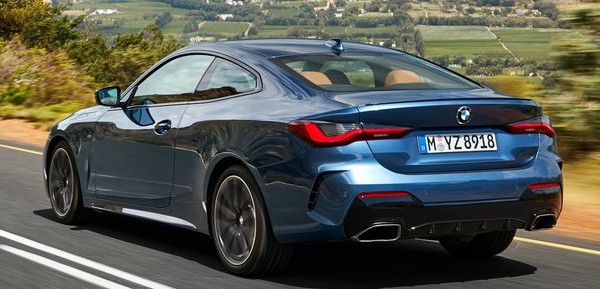 Predictably, the engine range mirrors that of the 3-Series:
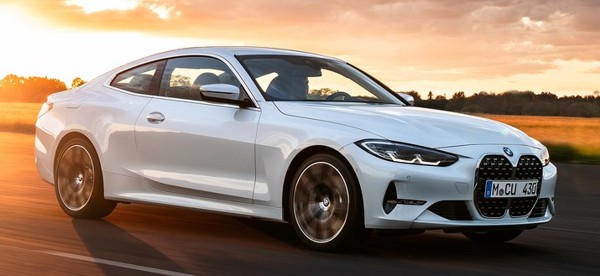 Inside, the 4-Series share the dashboard and pretty much everything with the 4-Series, so I am not putting its pictures here. It is a vast upgrade from the old car in terms of electronic gadgetry, style and quality. On the downside, rear passenger space seems to take a blow, blame to the sloping roof line. In fact, the outgoing 4-Series Coupe is already less accommodative than the last 3-Series Coupe in terms of rear headroom. BMW seems to not to worry, as the upcoming 4-Series Gran Coupe will be the answer. 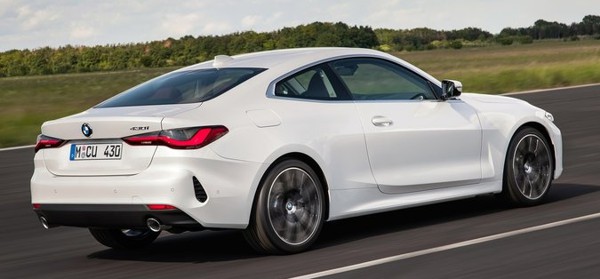 |
| |
